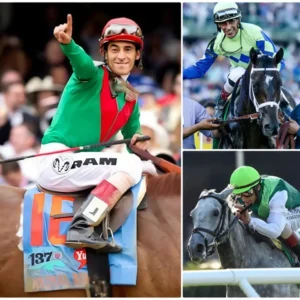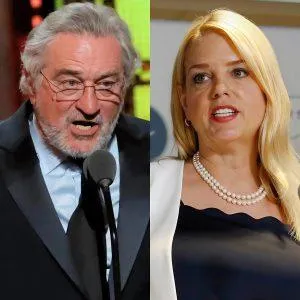The Monaco Grand Prix, one of Formula 1’s most iconic races, took a dramatic turn during Friday’s practice sessions when the FIA imposed a historic penalty on Haas driver Ollie Bearman for a dangerous infraction during red flag conditions. The 20-year-old rookie was slapped with a 10-place grid drop and two penalty points on his superlicence after overtaking Williams’ Carlos Sainz during a red flag in Free Practice 2 (FP2), an act deemed “forbidden” under FIA regulations. Alongside the grid penalty, Bearman’s team was hit with a record-breaking €100,000 fine, marking the largest financial penalty ever issued to an individual driver in Formula 1 history. This incident, unfolding on the tight and unforgiving streets of Monte Carlo, has sparked intense debate about safety, rule enforcement, and the pressures faced by young drivers in the sport.
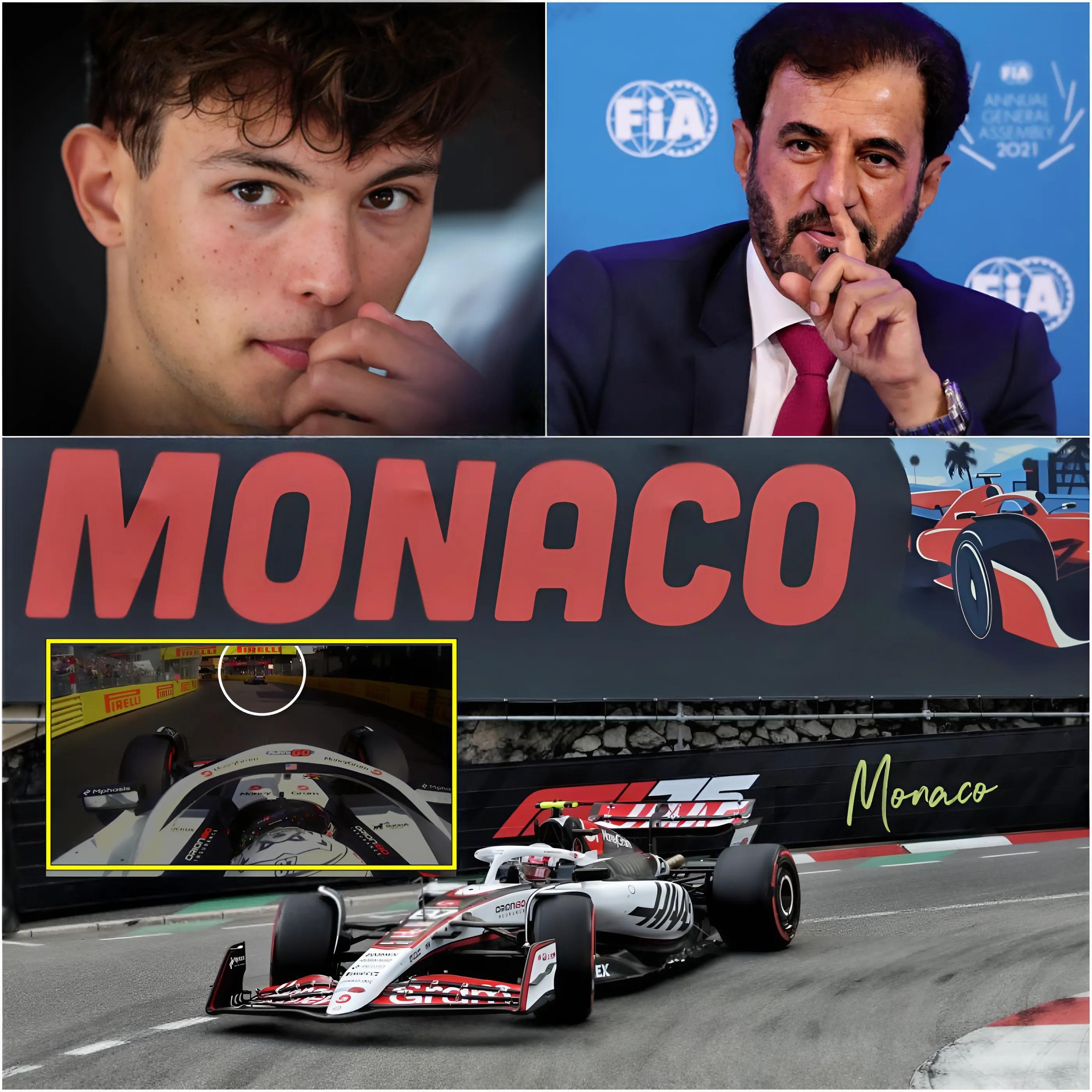
The drama began during a chaotic FP2 session, already marred by incidents involving championship leader Oscar Piastri, who crashed his McLaren, and Red Bull’s Isack Hadjar, who collided with the barriers twice. Piastri’s accident triggered a red flag, halting the session to clear debris and ensure track safety. It was during this stoppage that Bearman, in a moment of misjudgment, overtook Sainz’s Williams, violating Article 2.5.4.1 b) of the FIA’s International Sporting Code, which mandates drivers to “immediately reduce speed and proceed slowly back to their respective pits” during a red flag. The regulation explicitly prohibits overtaking, emphasizing the presence of race and service vehicles on the track, which could pose significant risks.
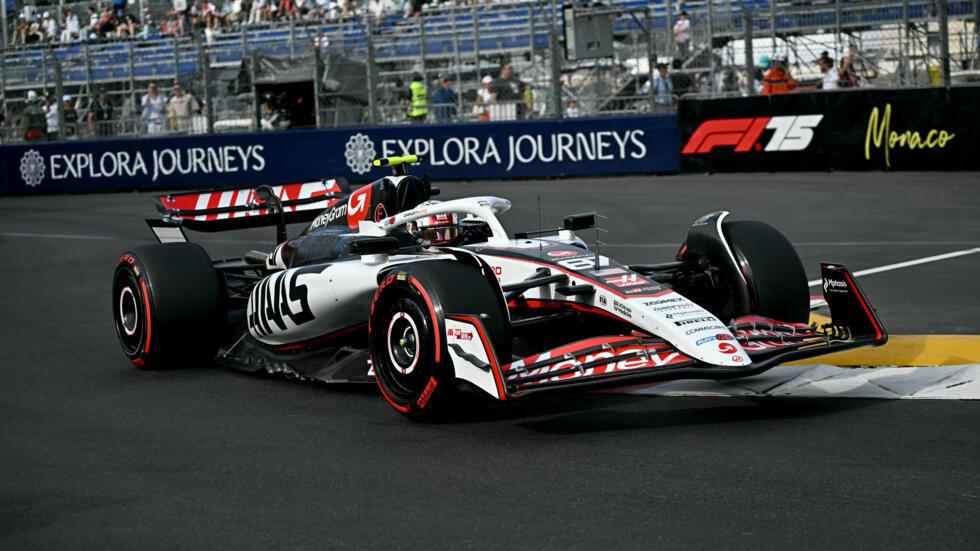
The FIA stewards, in their official verdict, underscored the gravity of Bearman’s actions, particularly given Monaco’s notorious layout, where narrow streets and limited runoff areas amplify the dangers of non-compliance. Onboard footage reviewed by the stewards clearly showed Bearman’s maneuver, prompting an immediate summons after FP2. The rookie defended his decision, arguing that slowing abruptly could have been more hazardous, potentially causing confusion or collisions with other drivers. However, the stewards dismissed this reasoning, stating that the primary purpose of red flag protocols is to prioritize safety, as drivers cannot anticipate what lies ahead on the track. The unforgiving nature of Monaco, where overtaking is already a near-impossible feat, only heightened the stewards’ concerns.
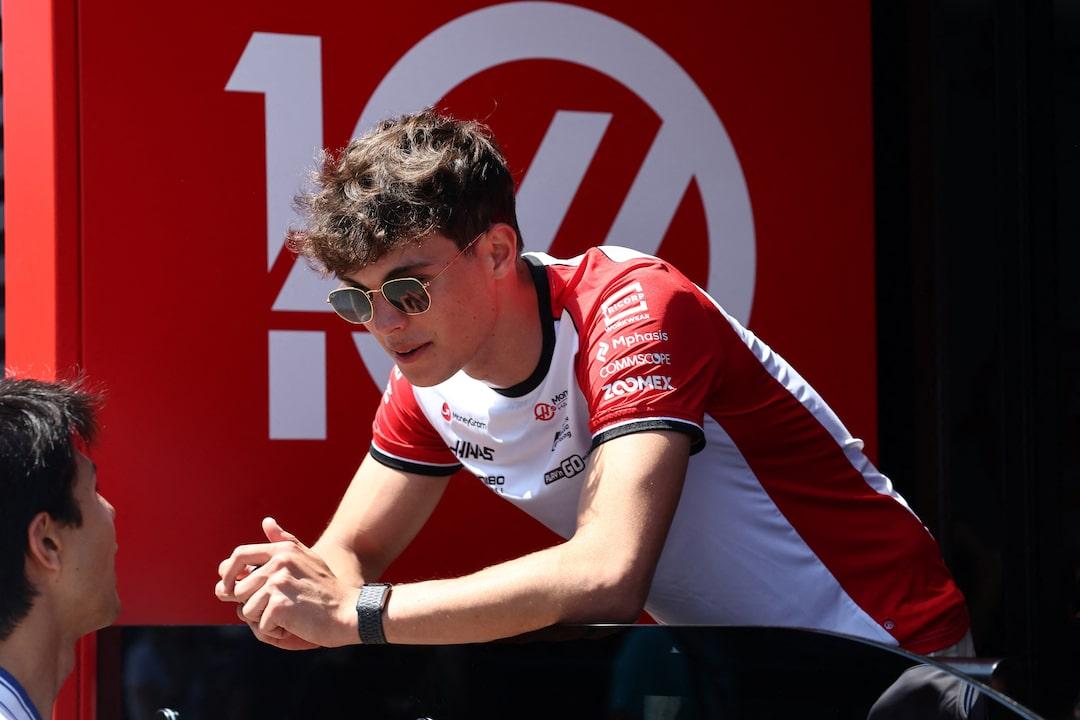
Bearman’s punishment is a significant blow to his weekend. His P15 finishes in both FP1 and FP2 suggest a challenging qualifying session, and with the 10-place grid drop, he is almost certain to start Sunday’s race from the back of the grid. At a circuit where starting position often dictates the race outcome, this penalty could effectively end Bearman’s chances of a competitive result. The additional two penalty points bring his superlicence total to four, a reminder to tread carefully to avoid nearing the 12-point threshold that triggers an automatic one-race ban. The €100,000 fine imposed on Haas, while not directly affecting Bearman’s finances, underscores the FIA’s intent to set a precedent for such violations, dwarfing previous fines like McLaren’s €100 million Spygate penalty in 2007, which was levied on a team rather than an individual.
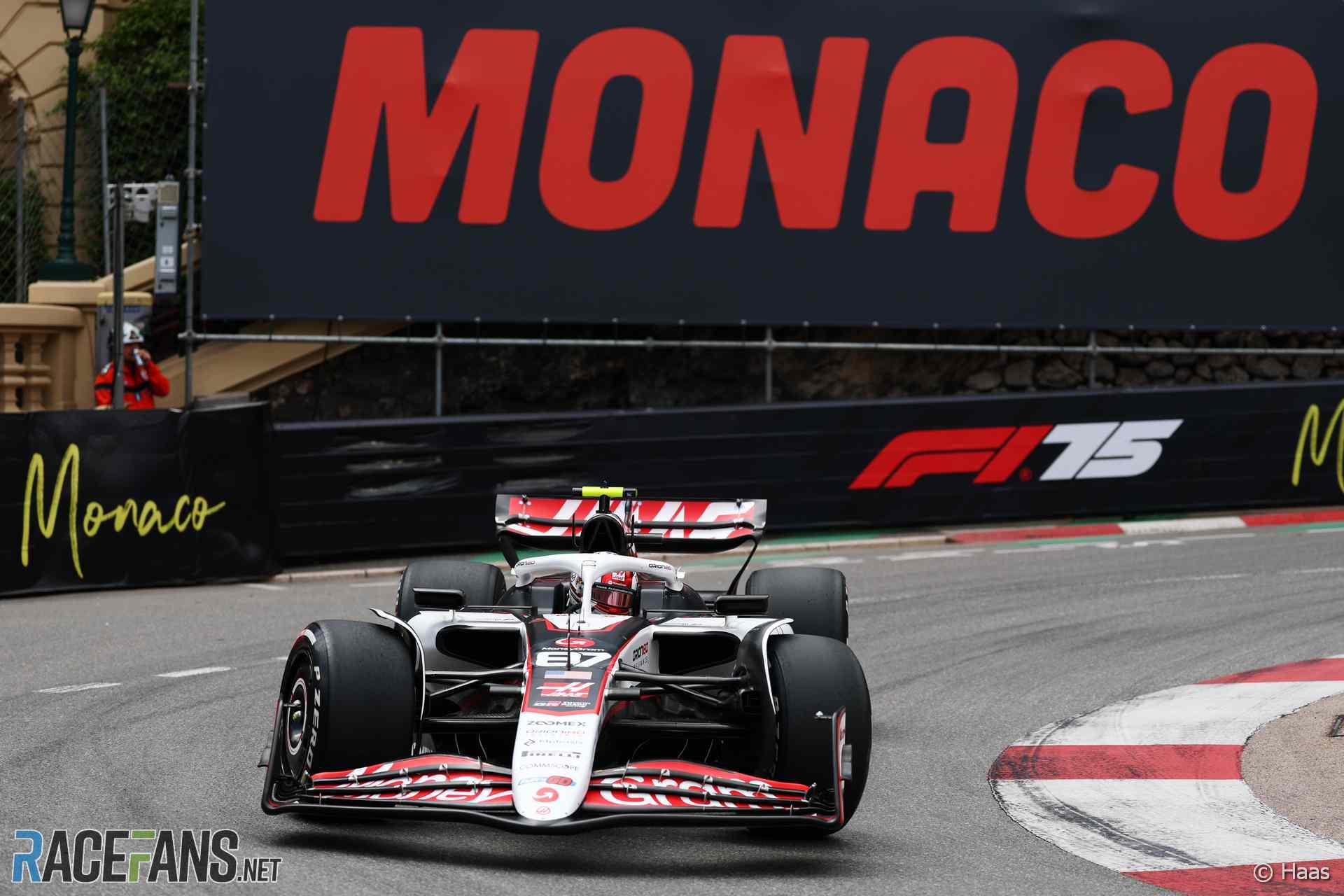
Bearman was not the only driver penalized in Monaco. Aston Martin’s Lance Stroll received a one-place grid drop for a separate incident, adding to the weekend’s disciplinary tally. The FIA’s crackdown comes amidst broader changes to the 2025 Monaco Grand Prix, including a mandatory two-stop strategy and softer tire compounds to inject unpredictability into a race often criticized for its lack of action. These regulations, combined with the FIA’s firm stance on safety violations, reflect a governing body determined to maintain order and protect the sport’s integrity.

The incident has reignited discussions about the pressures on young drivers like Bearman, who, at 20, is navigating the steep learning curve of Formula 1. Critics argue that the severity of the fine and penalty may be disproportionate for a rookie mistake, while others praise the FIA for prioritizing safety at a circuit where errors can have catastrophic consequences. As the Monaco Grand Prix approaches, all eyes will be on Bearman to see how he recovers from this setback, and on the FIA to observe how it balances enforcement with the sport’s competitive spirit. For now, the record fine serves as a stark reminder of Formula 1’s unrelenting demand for discipline and precision.


